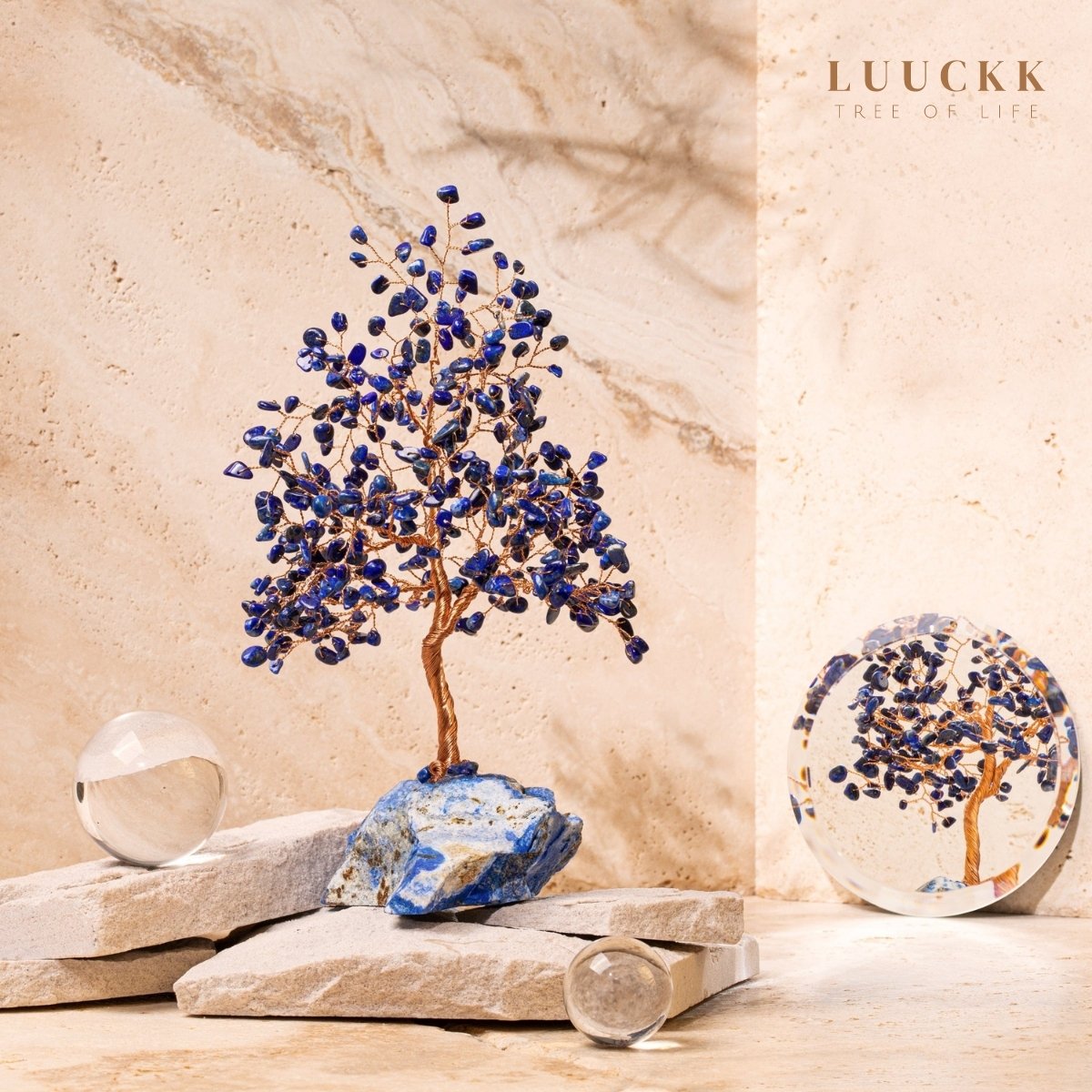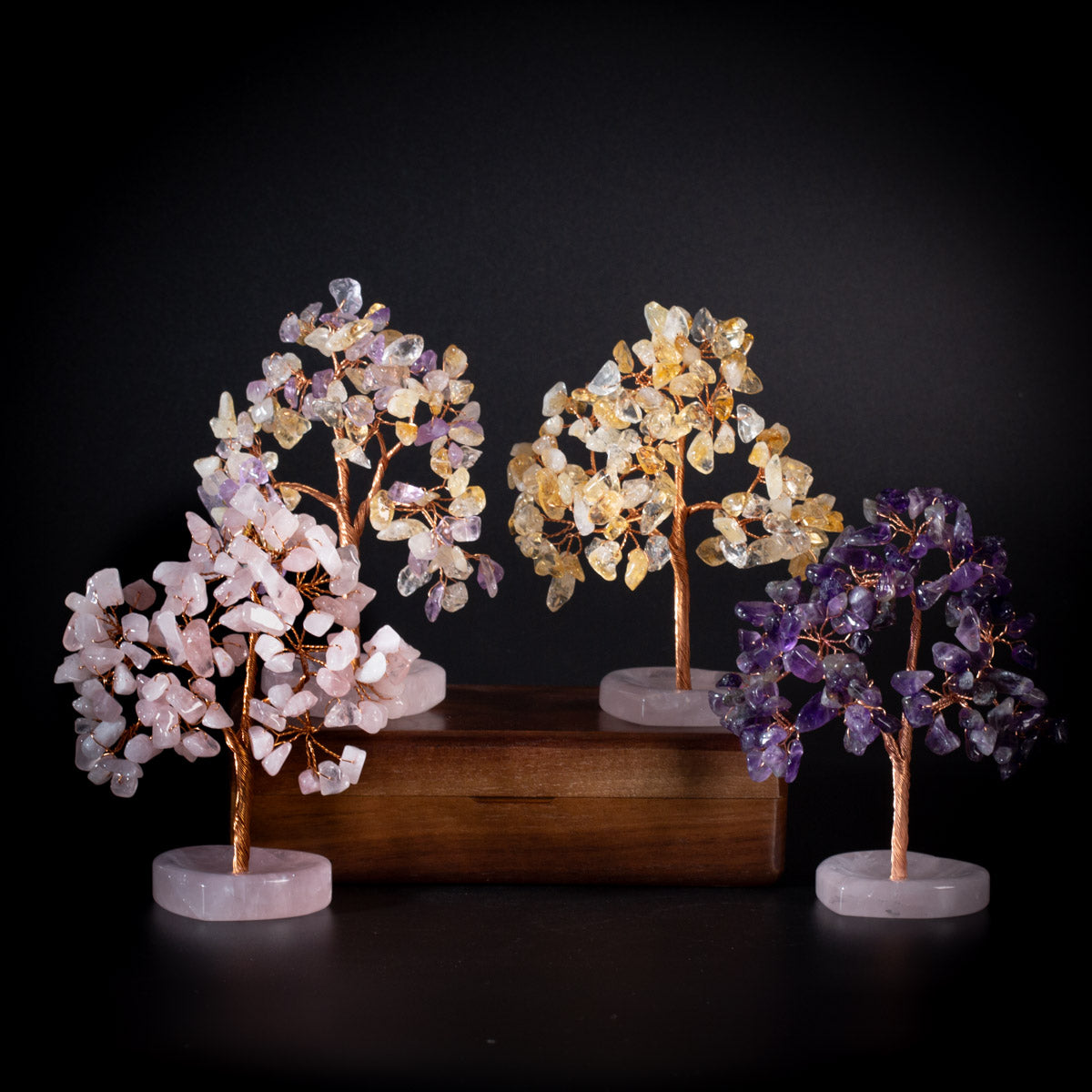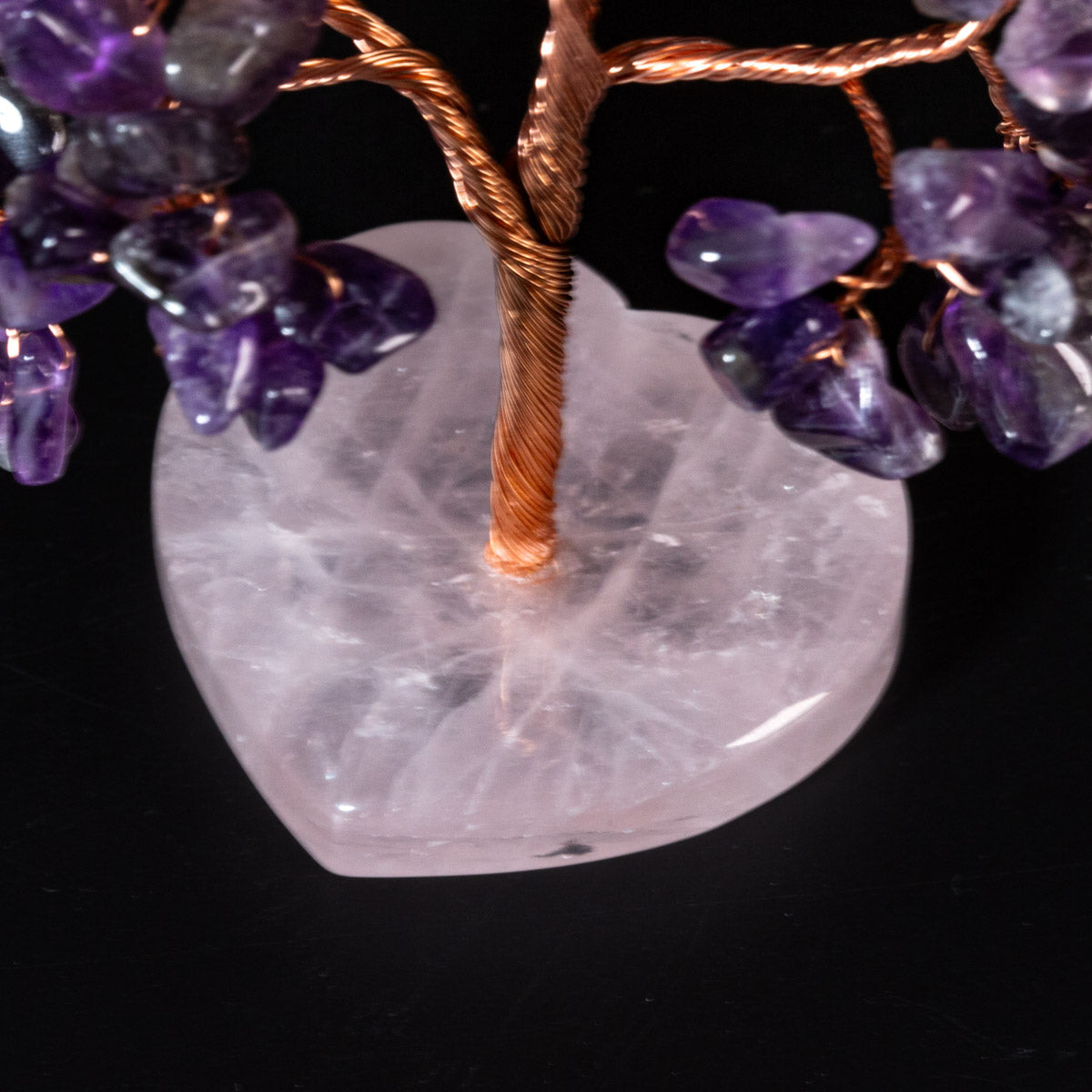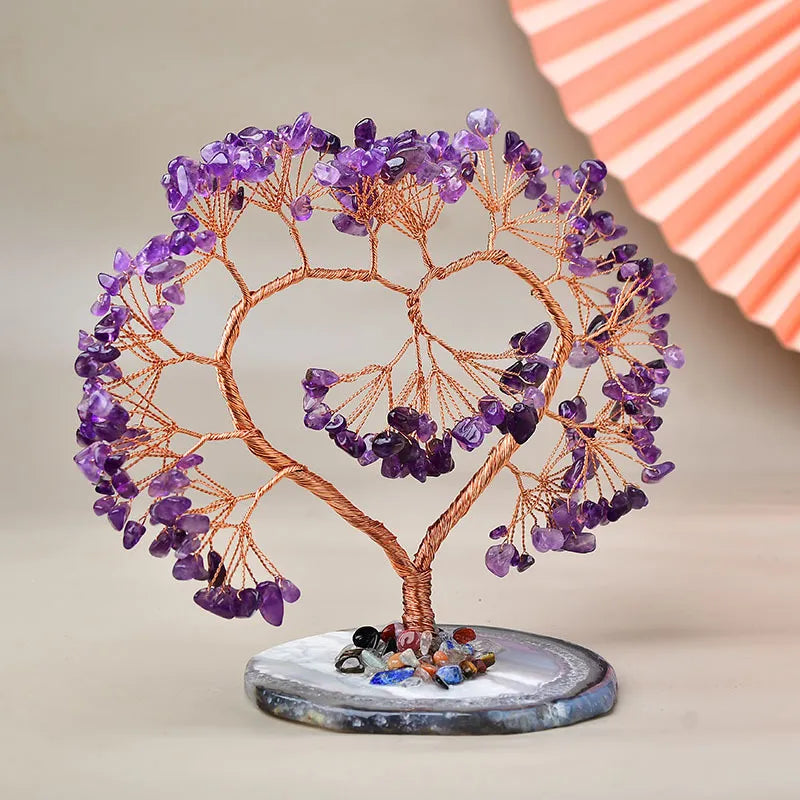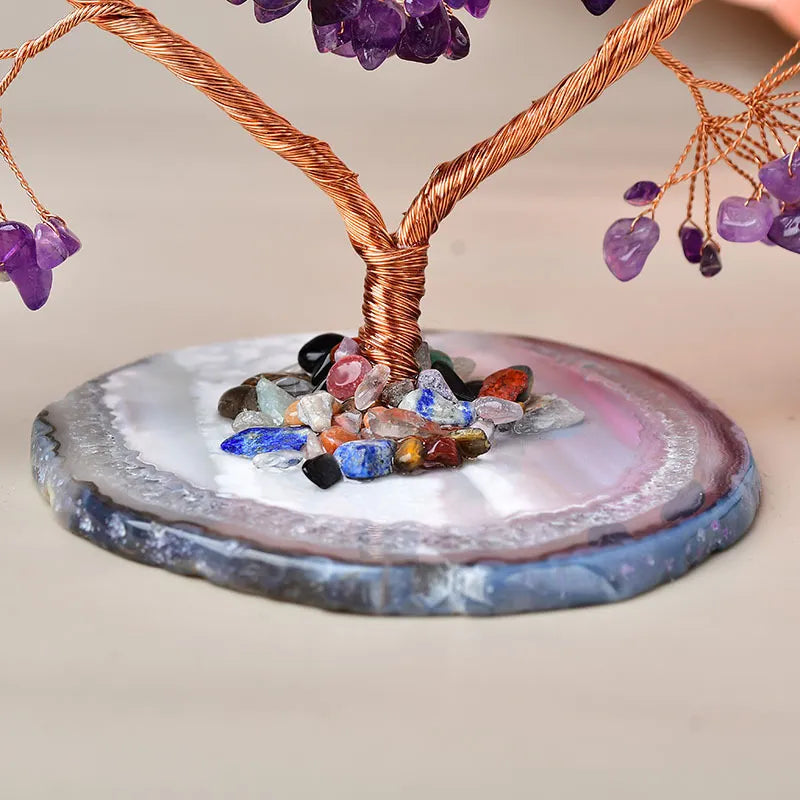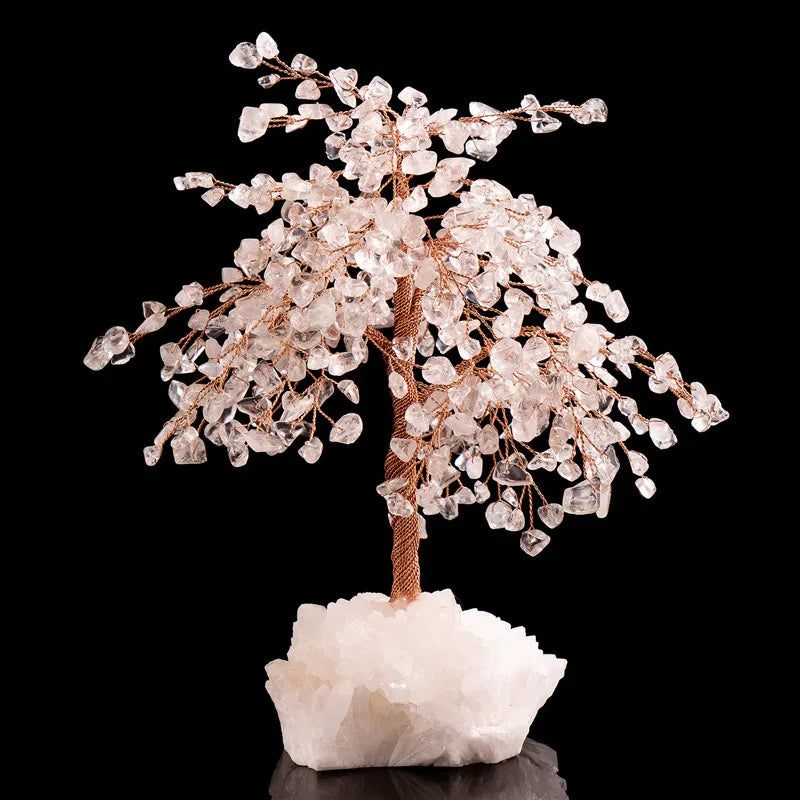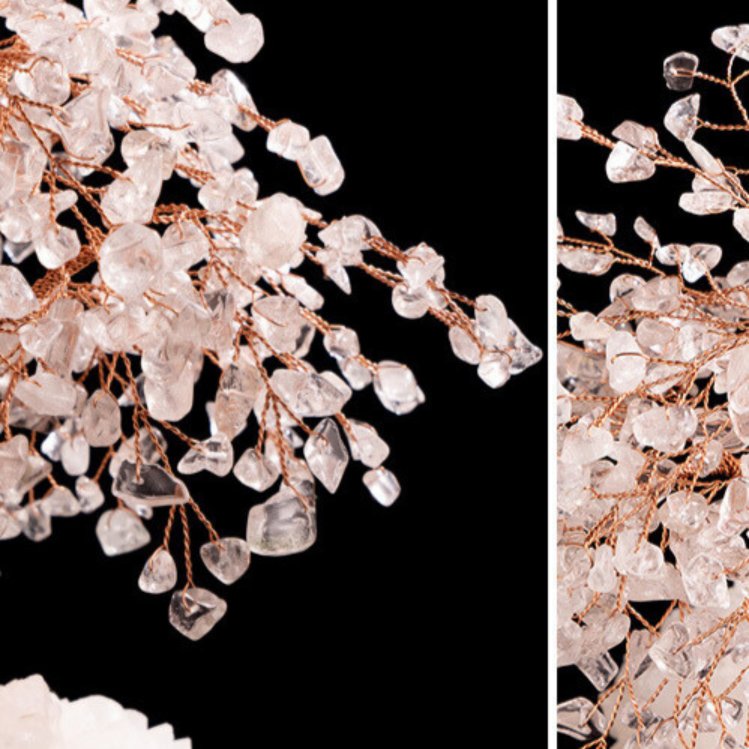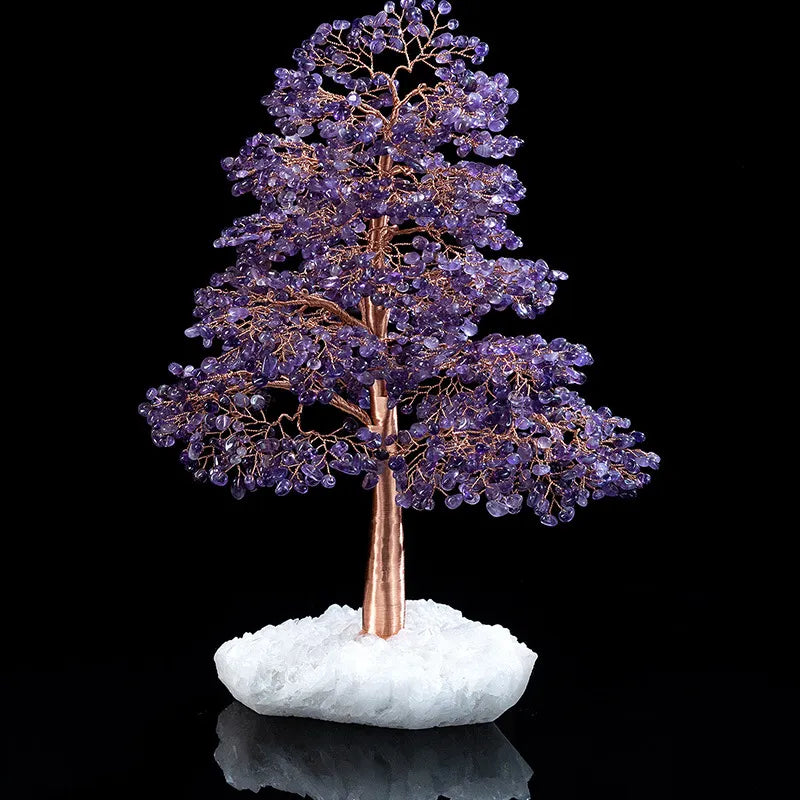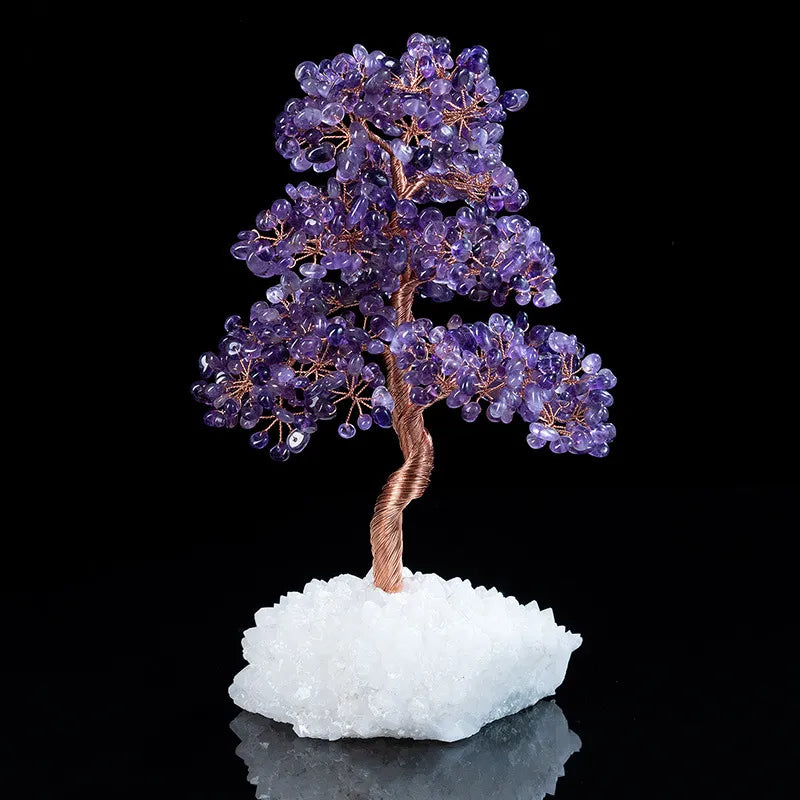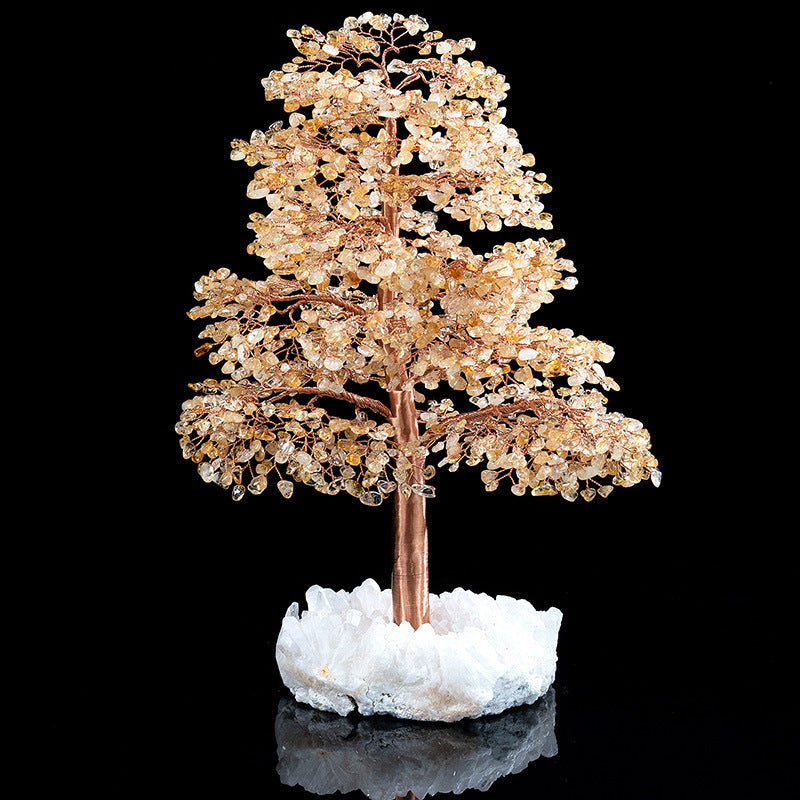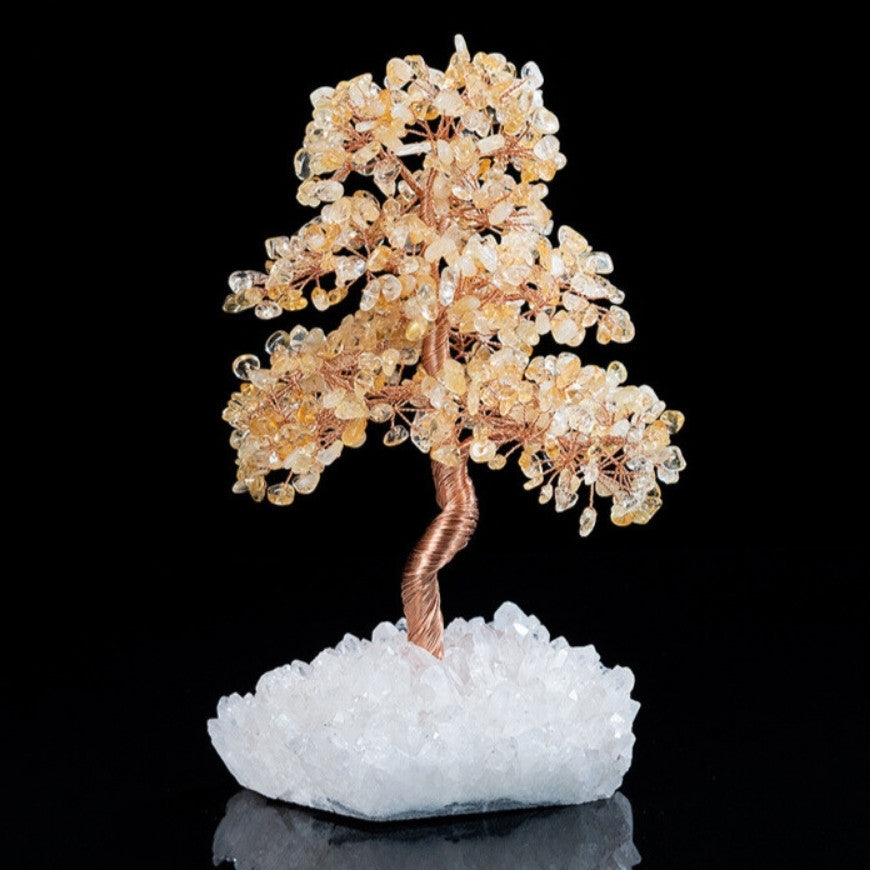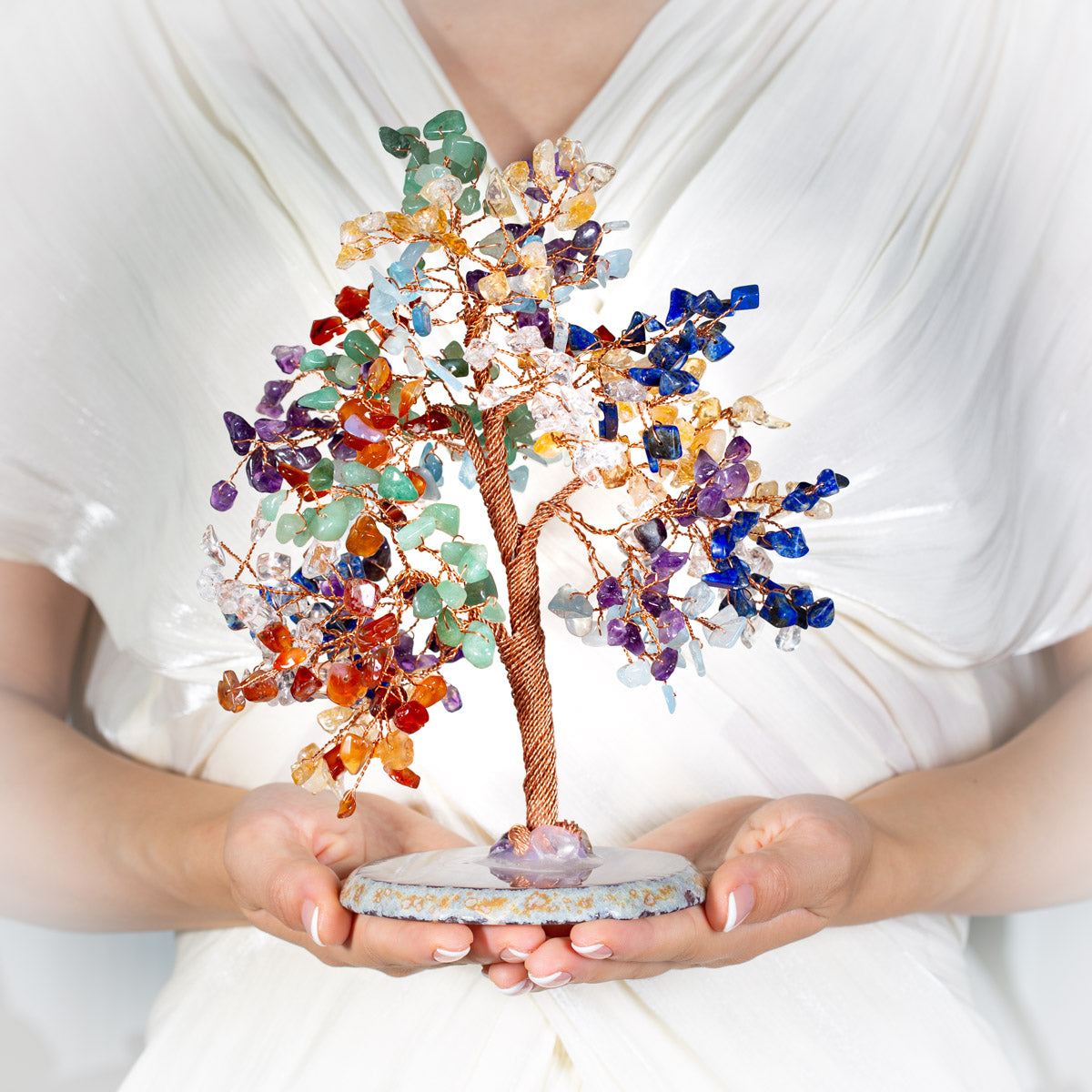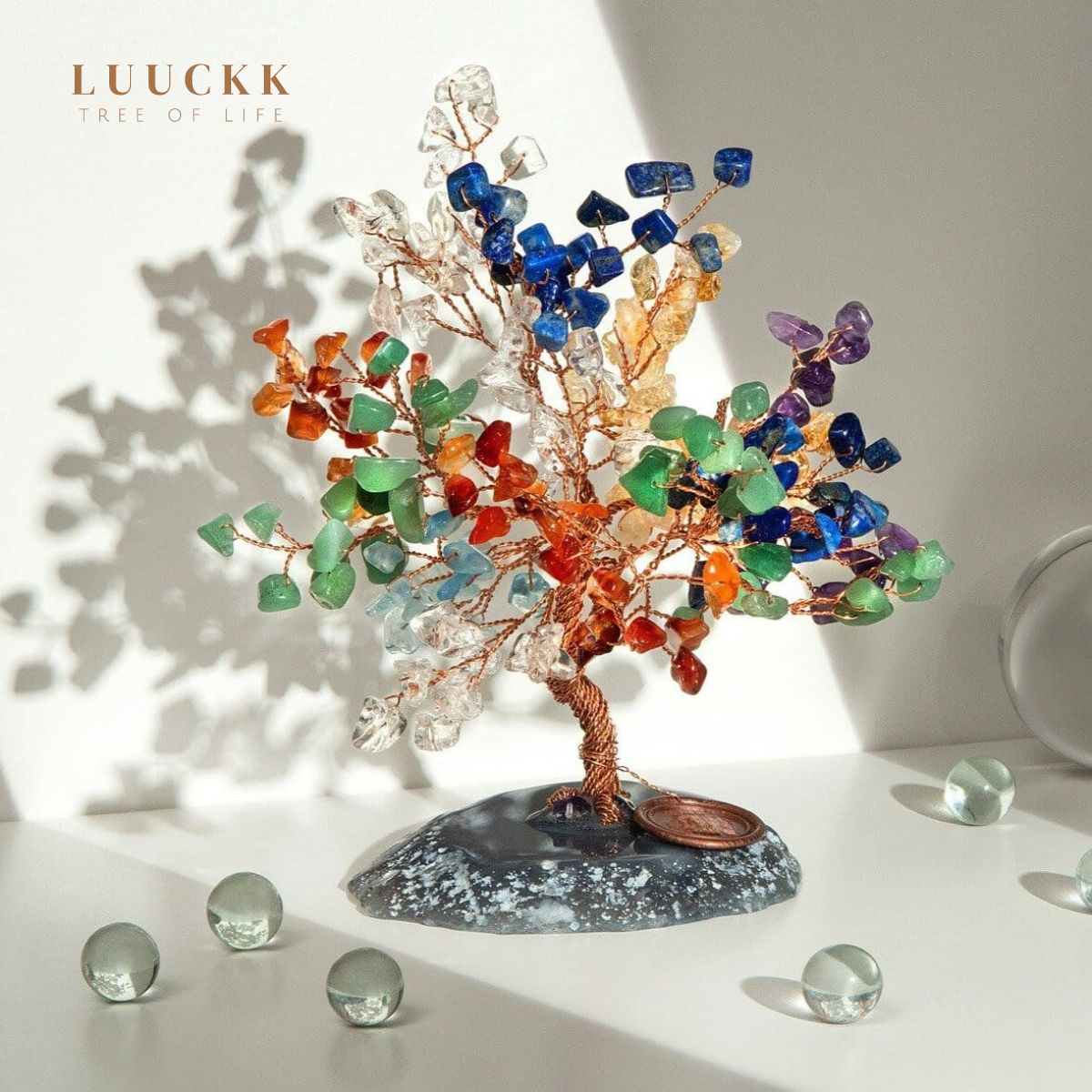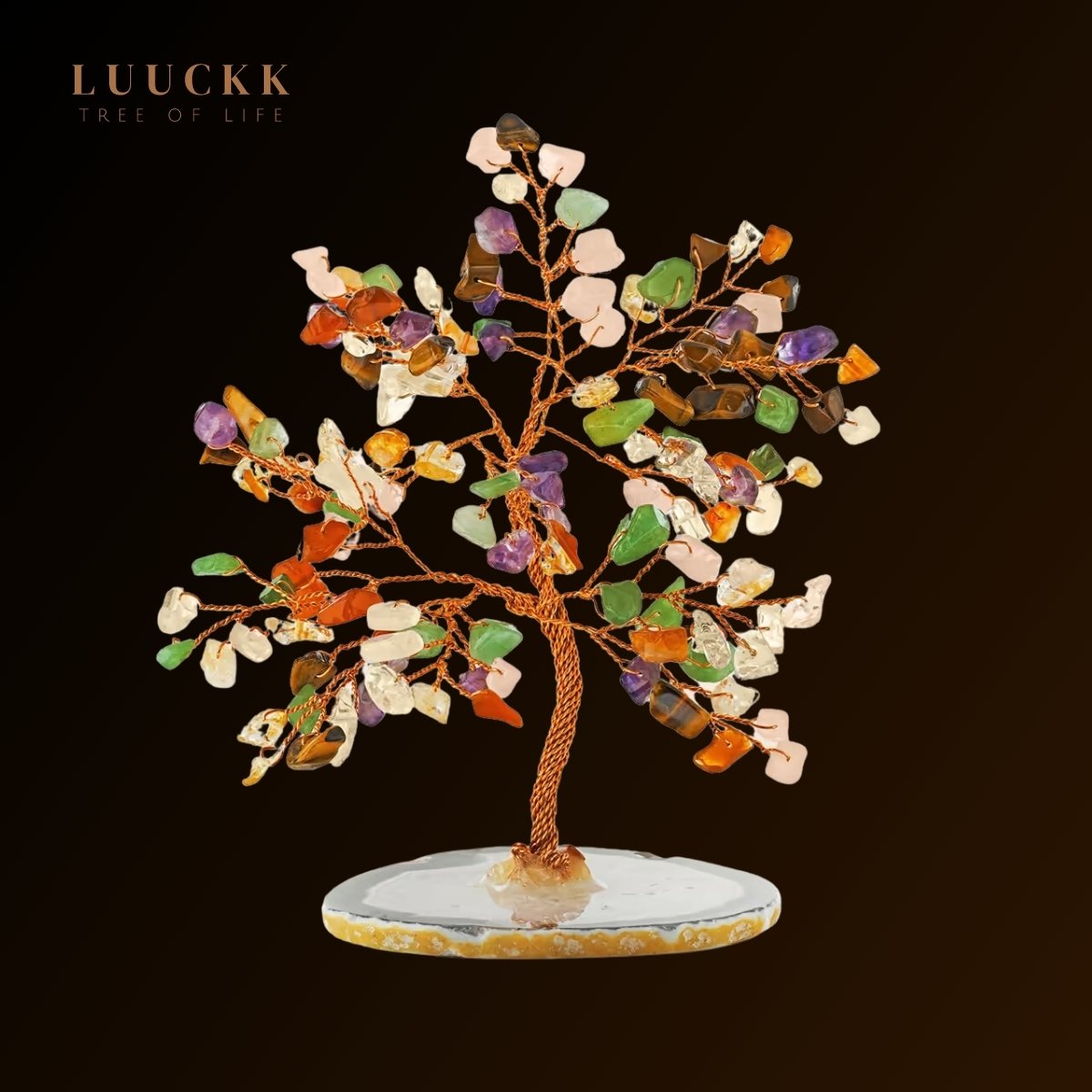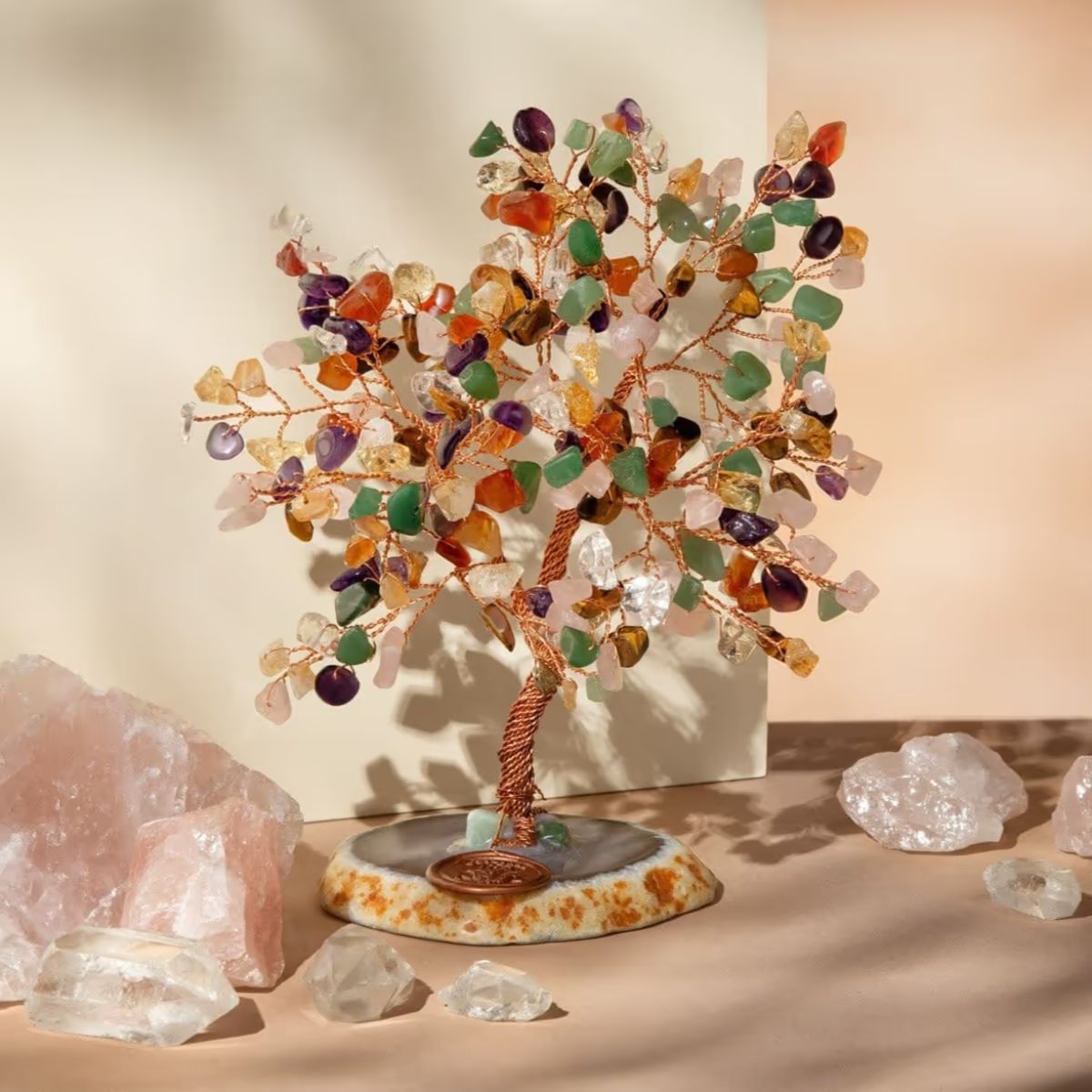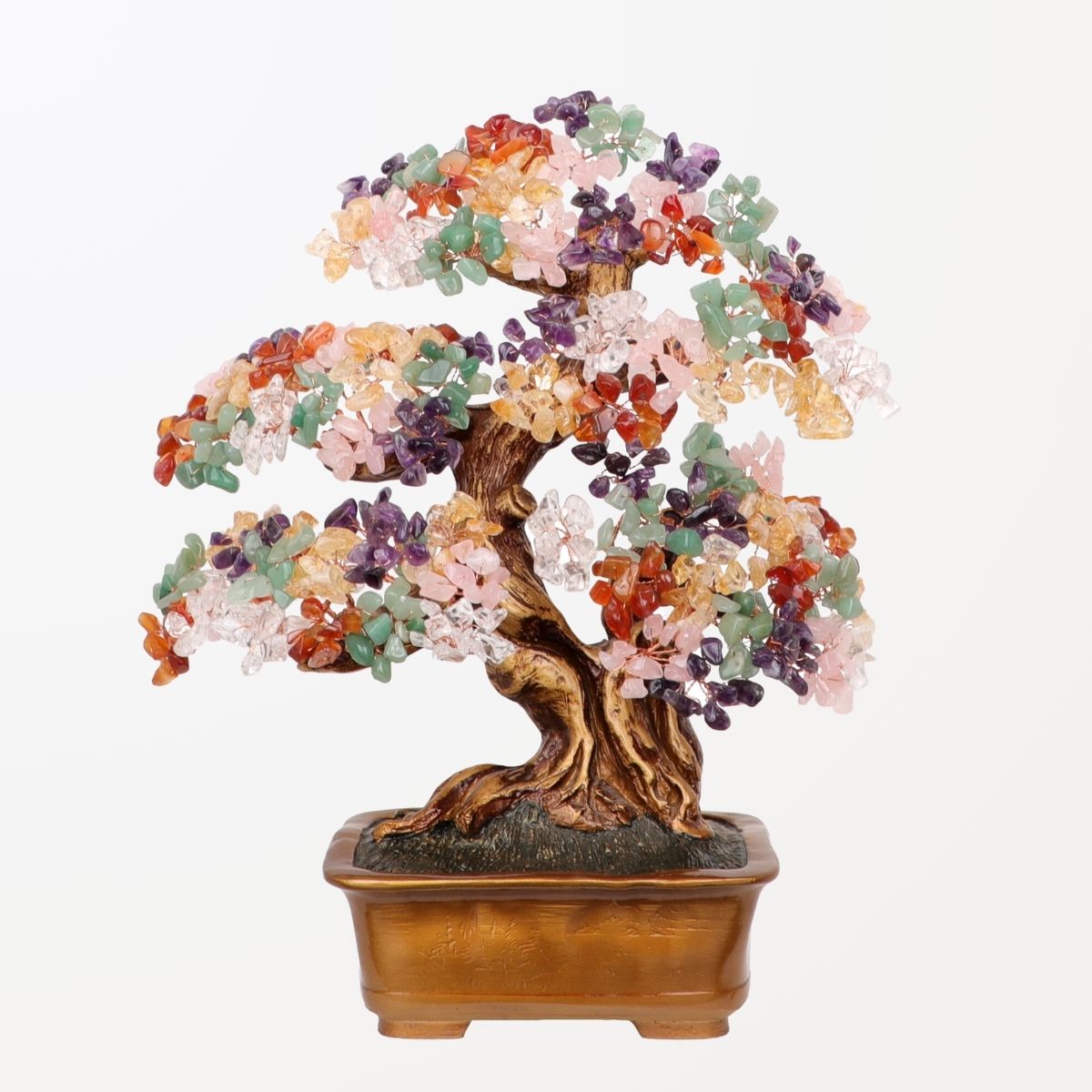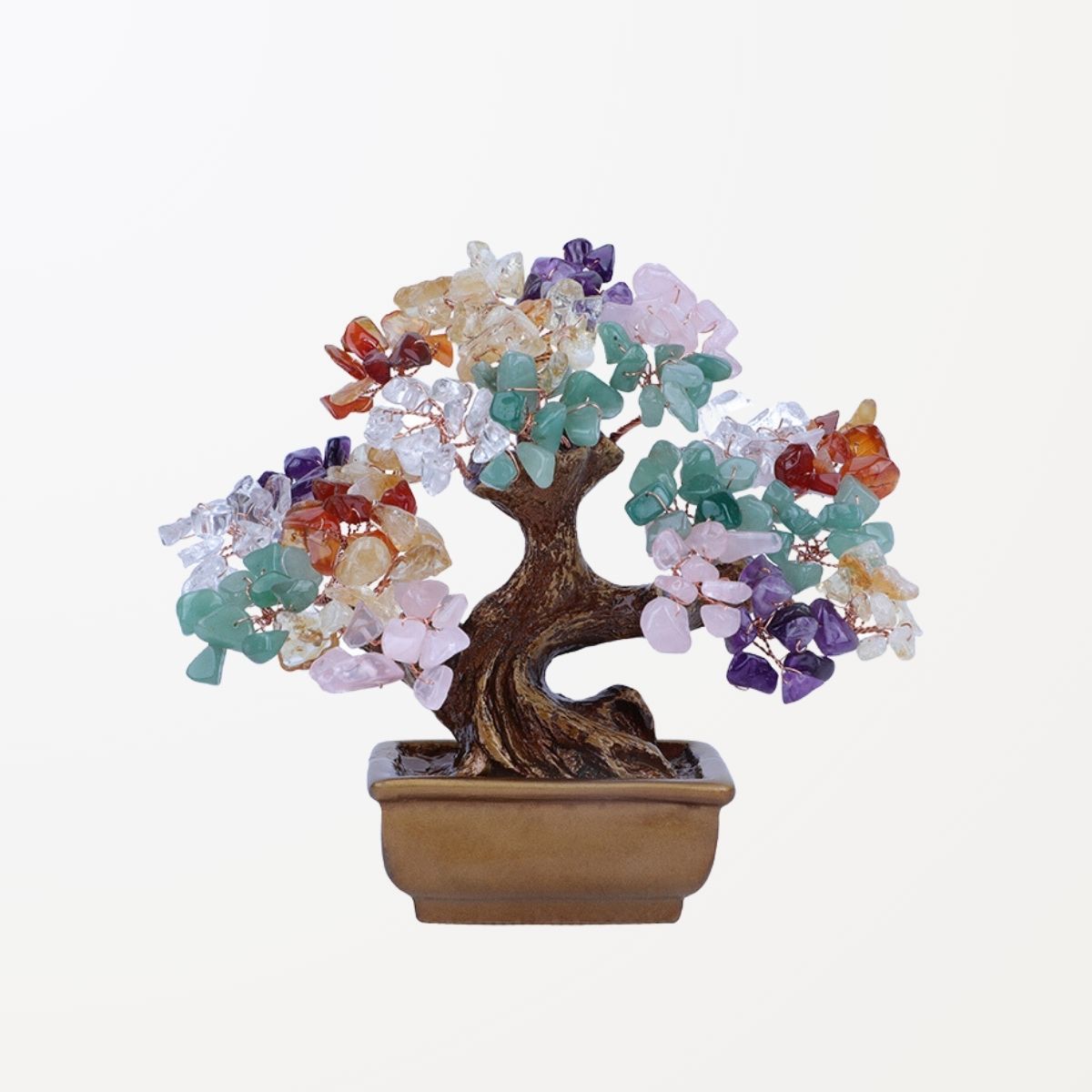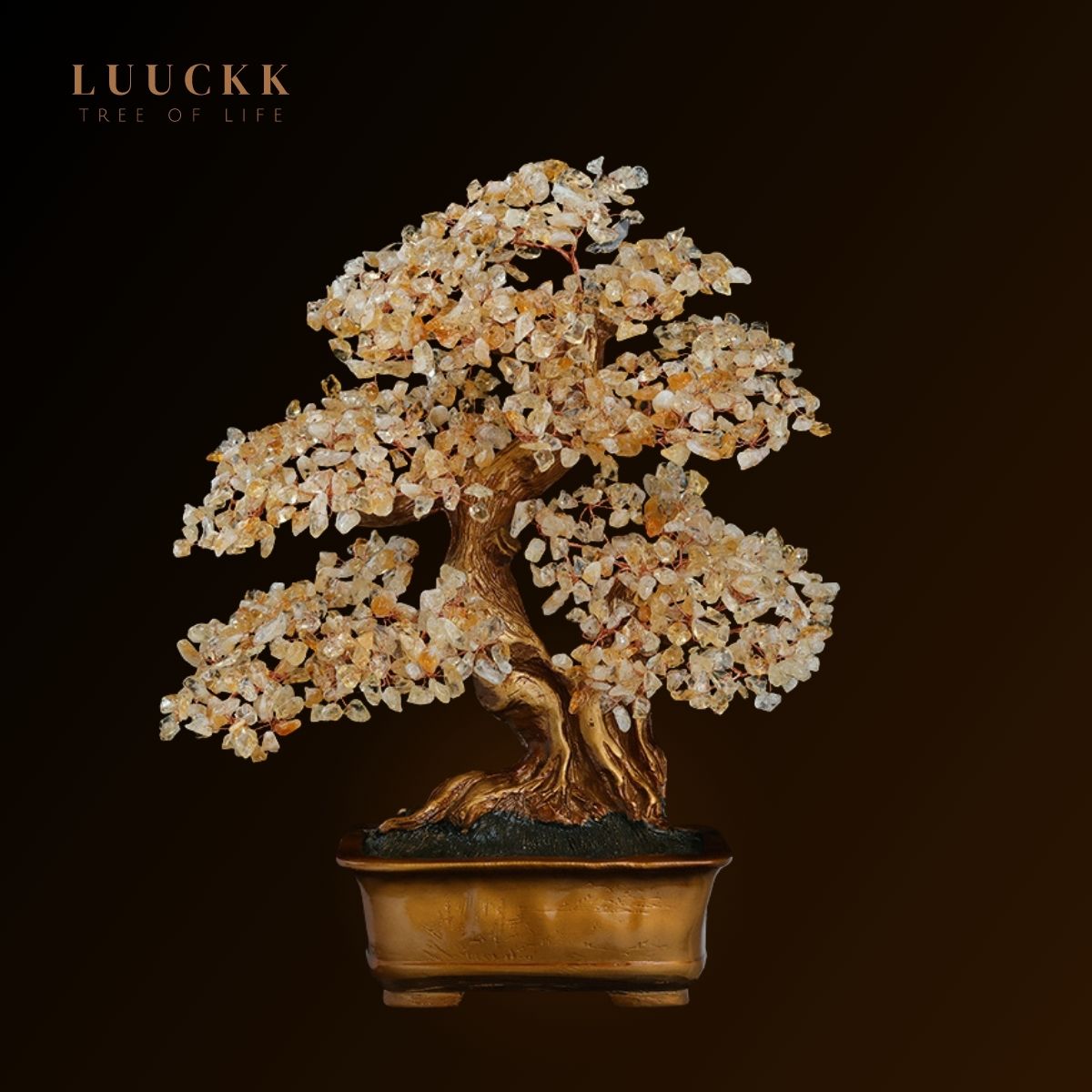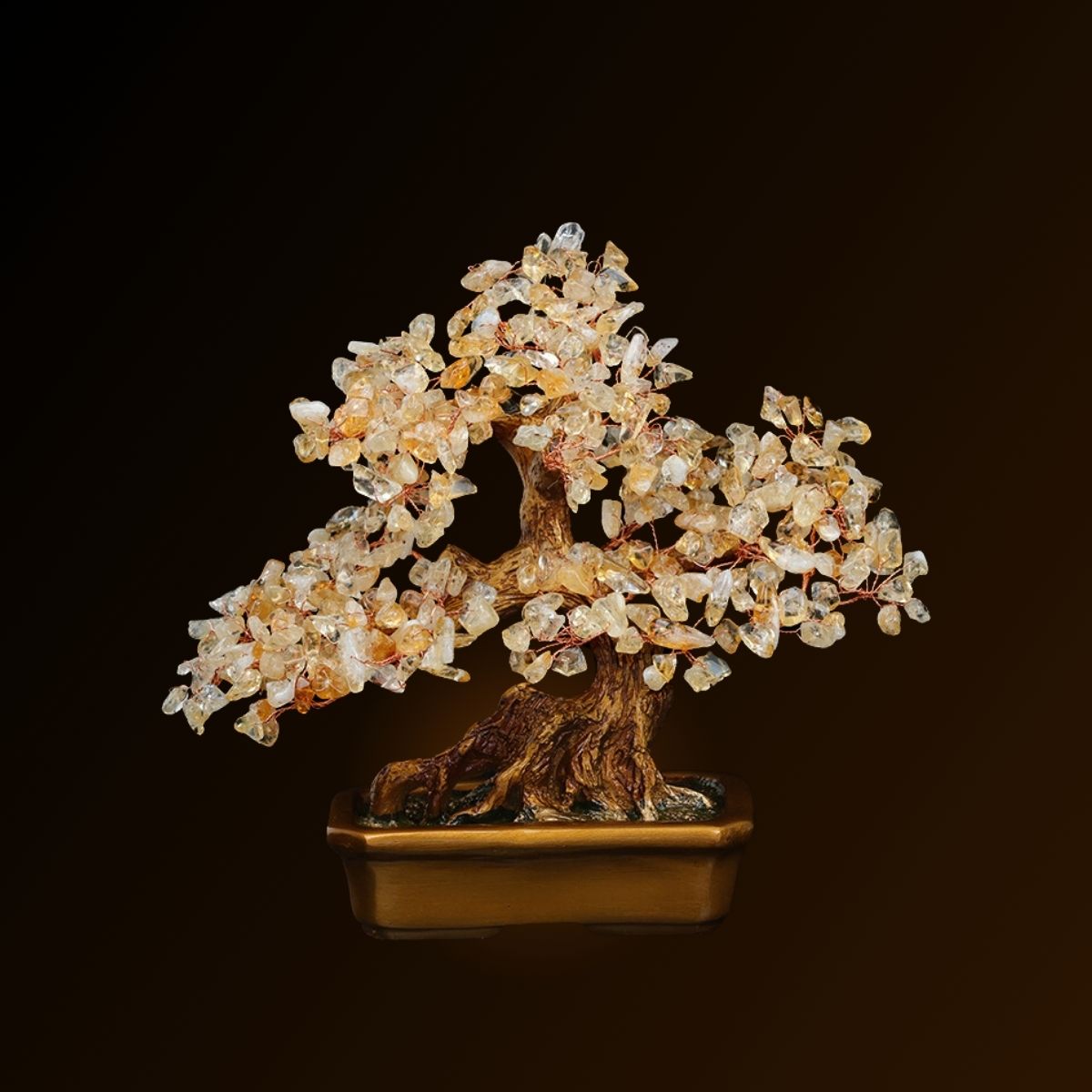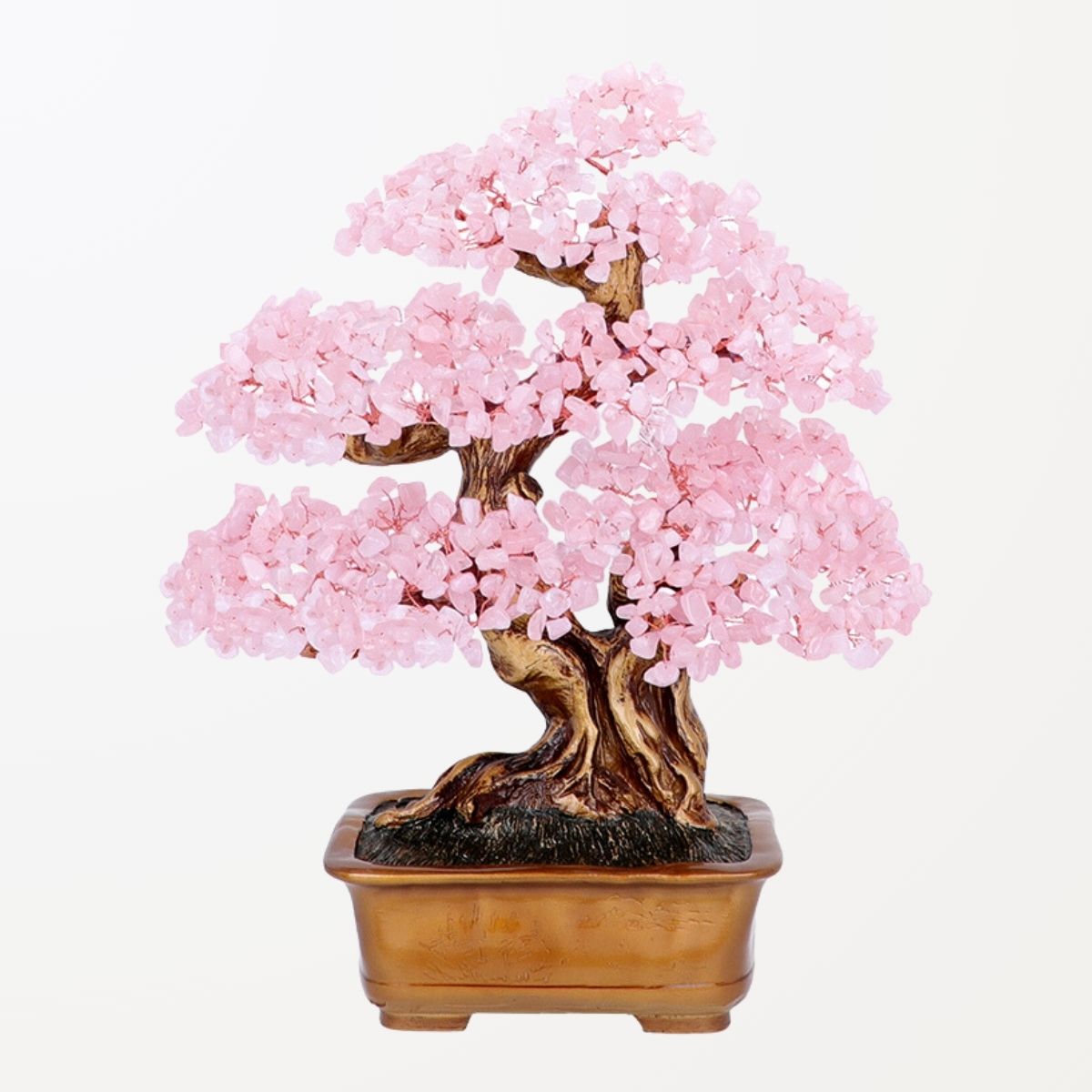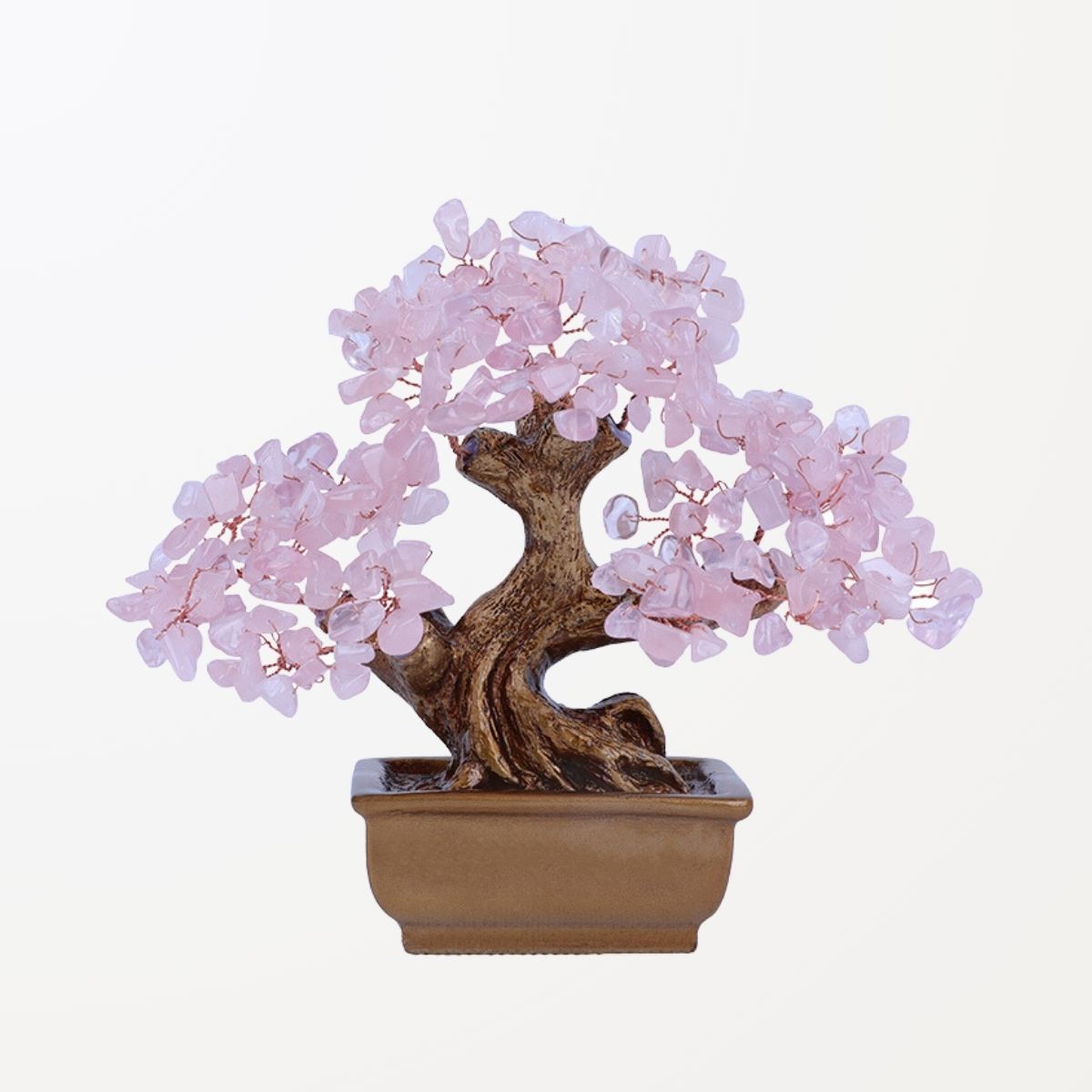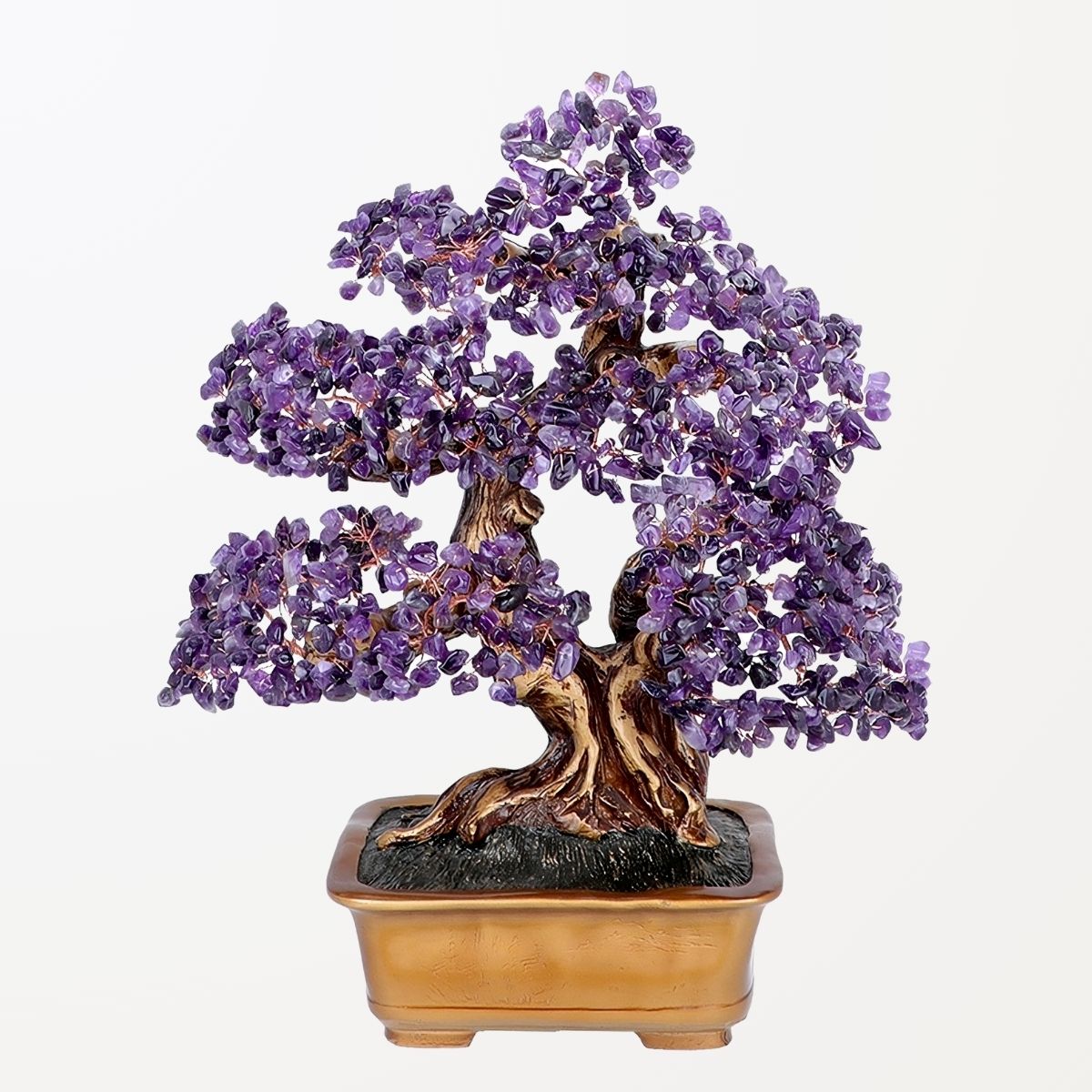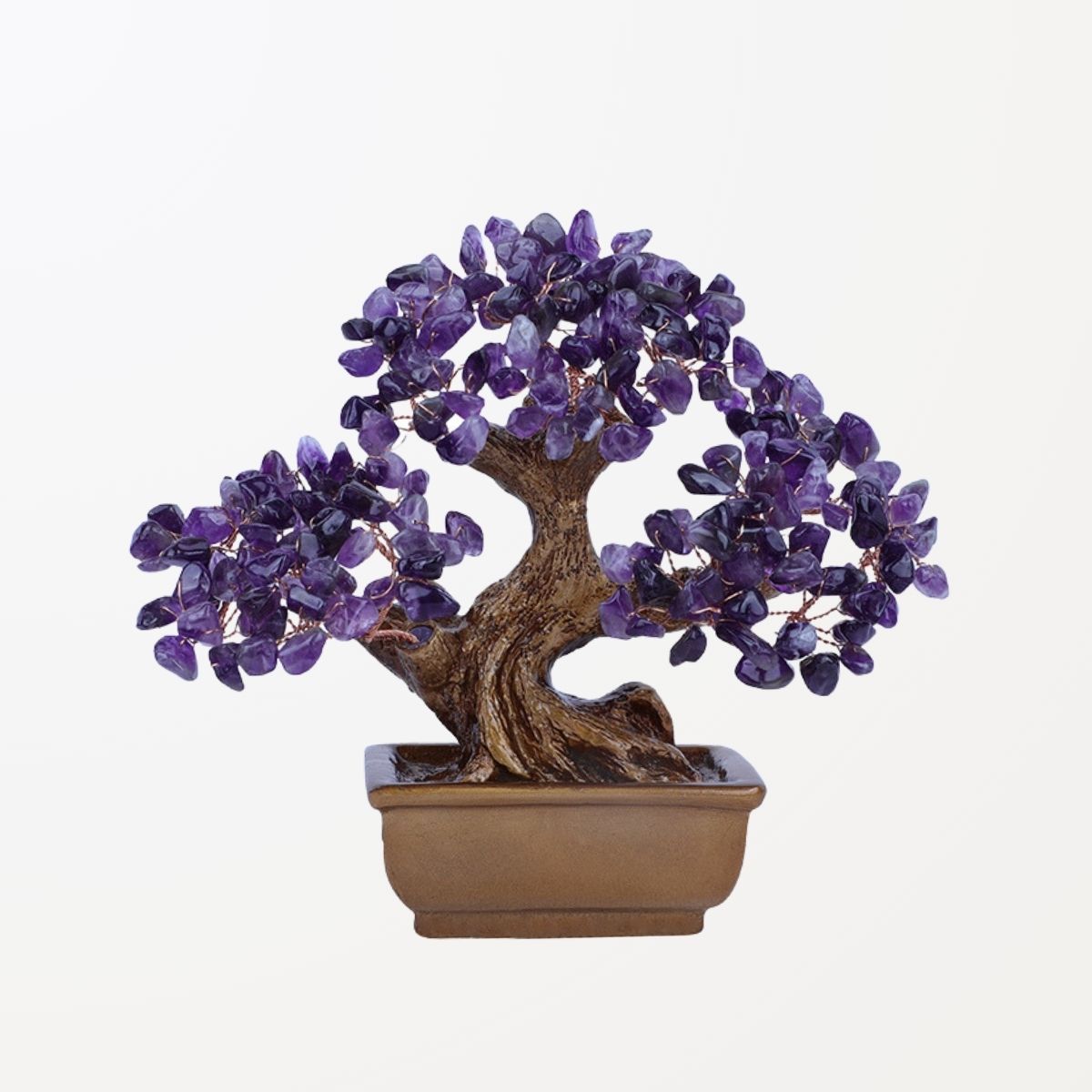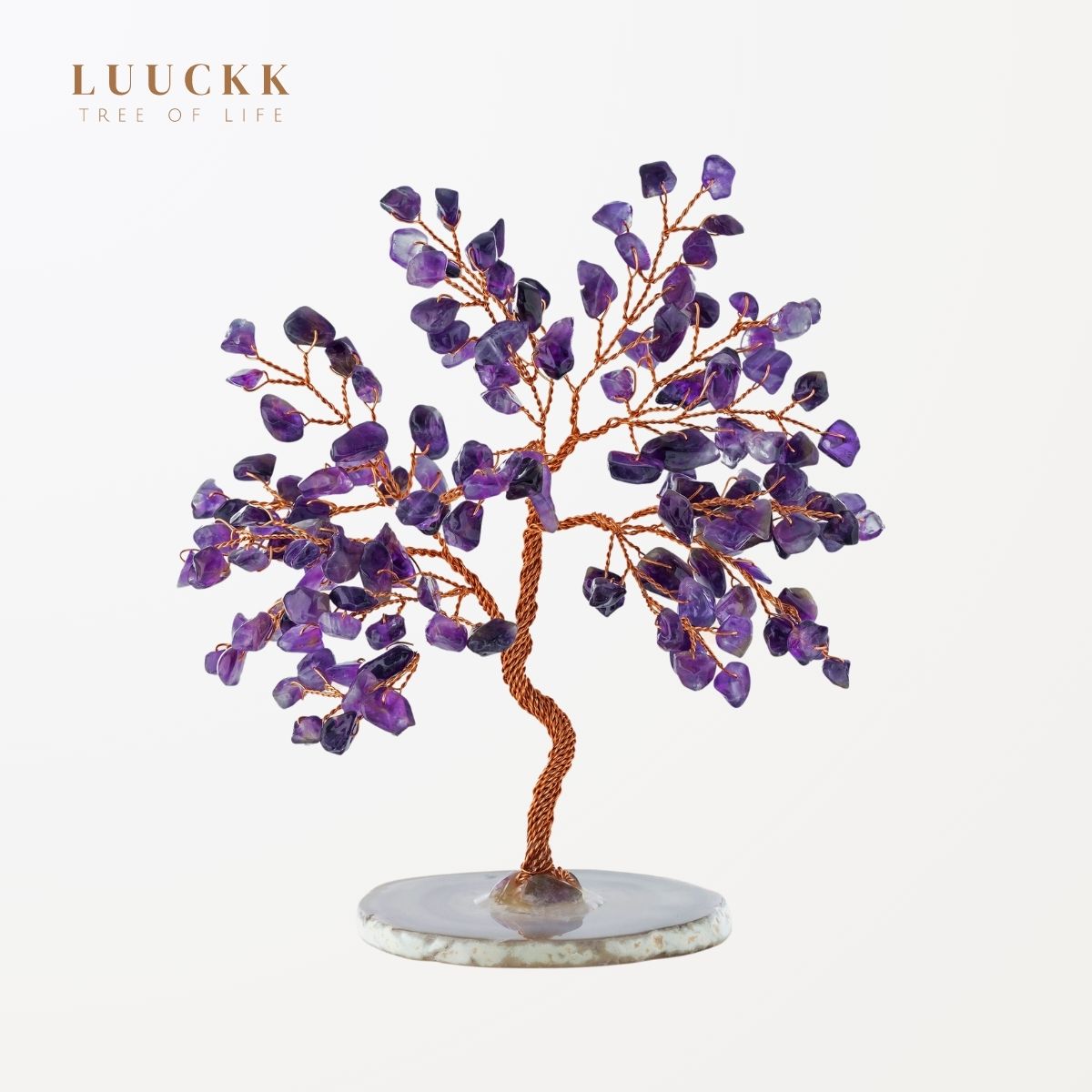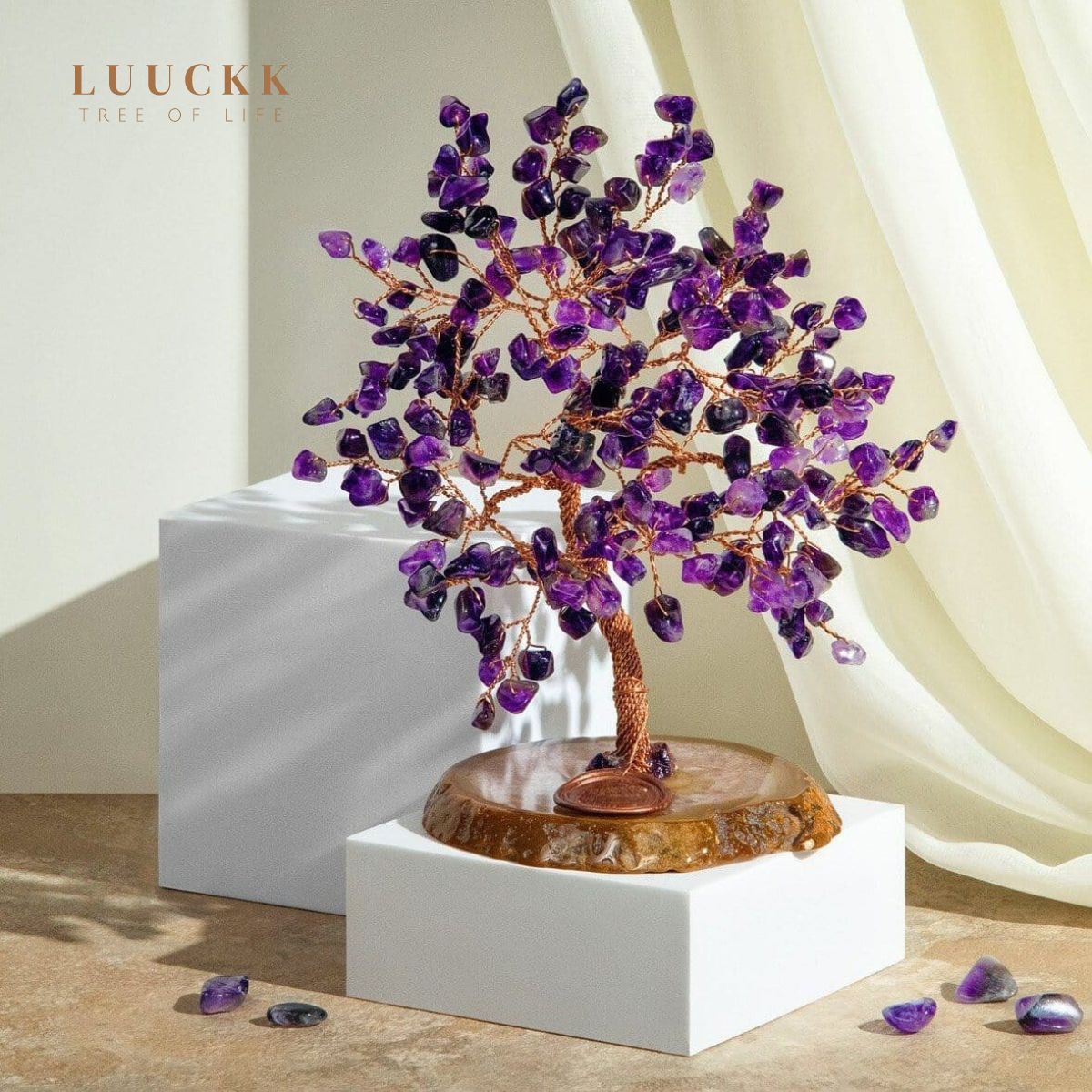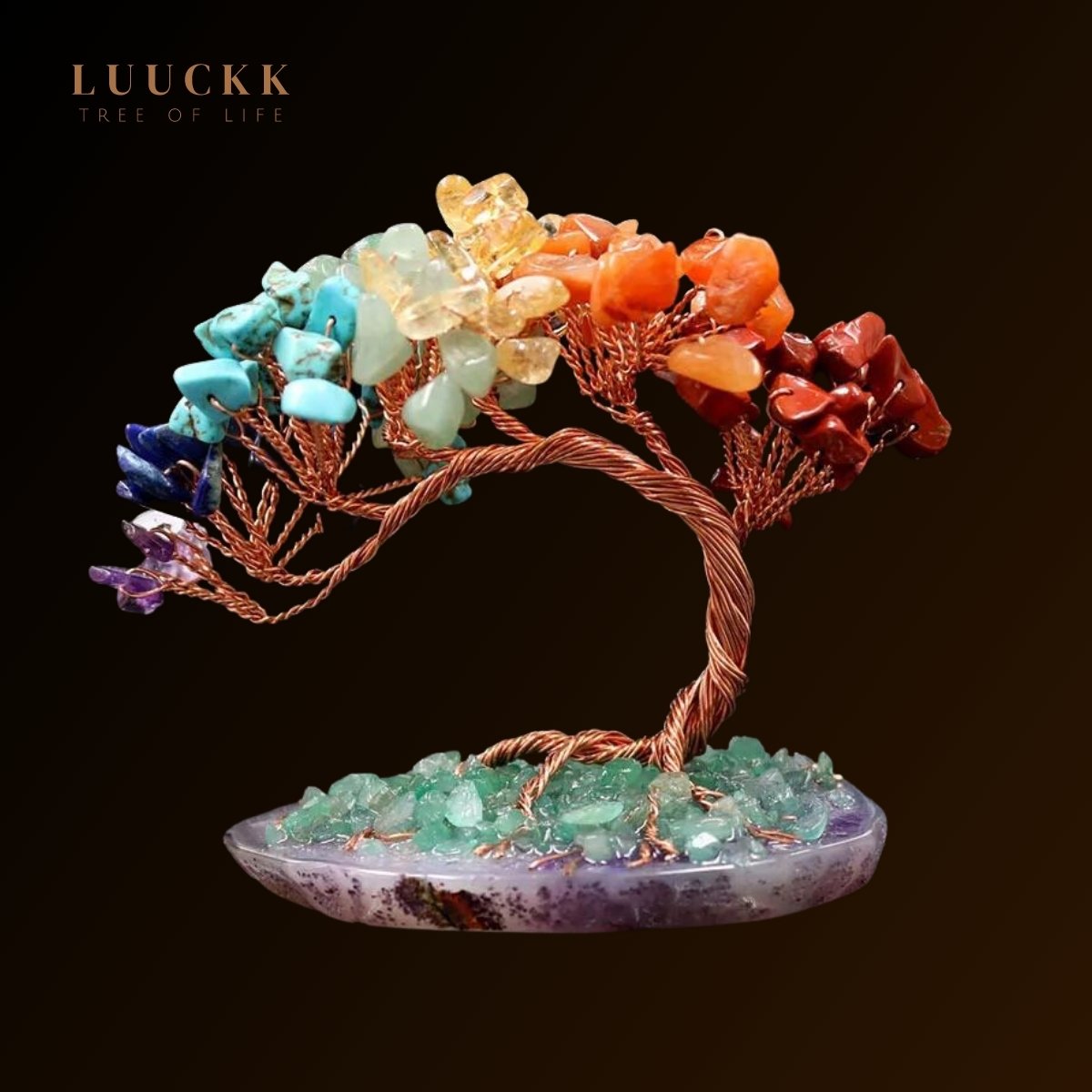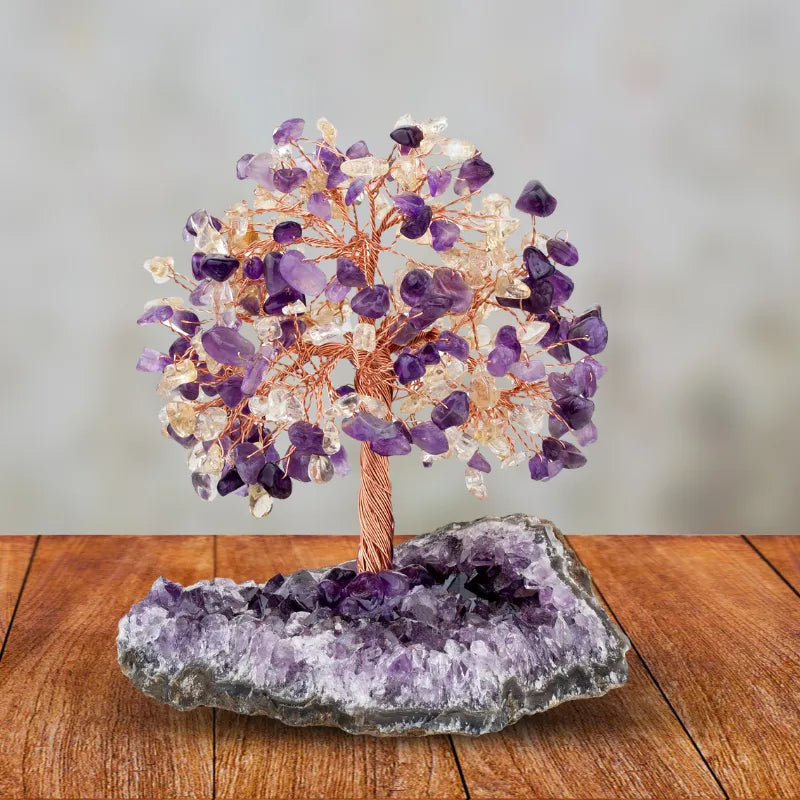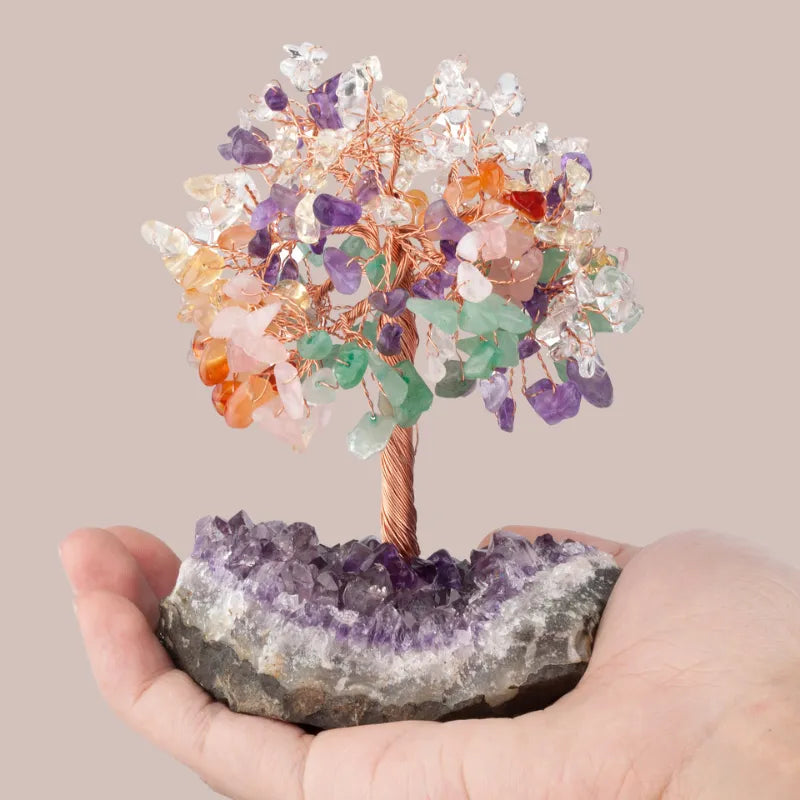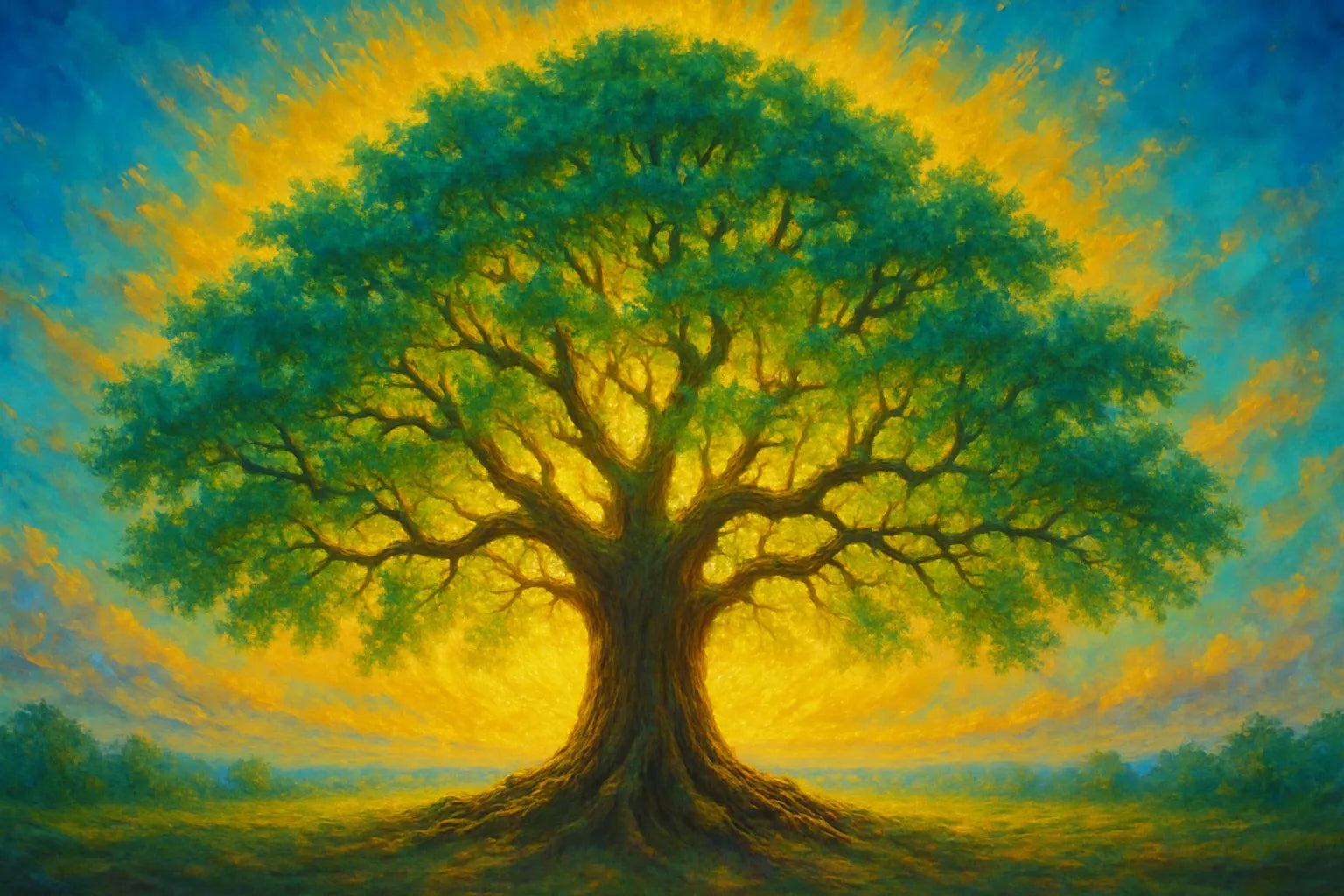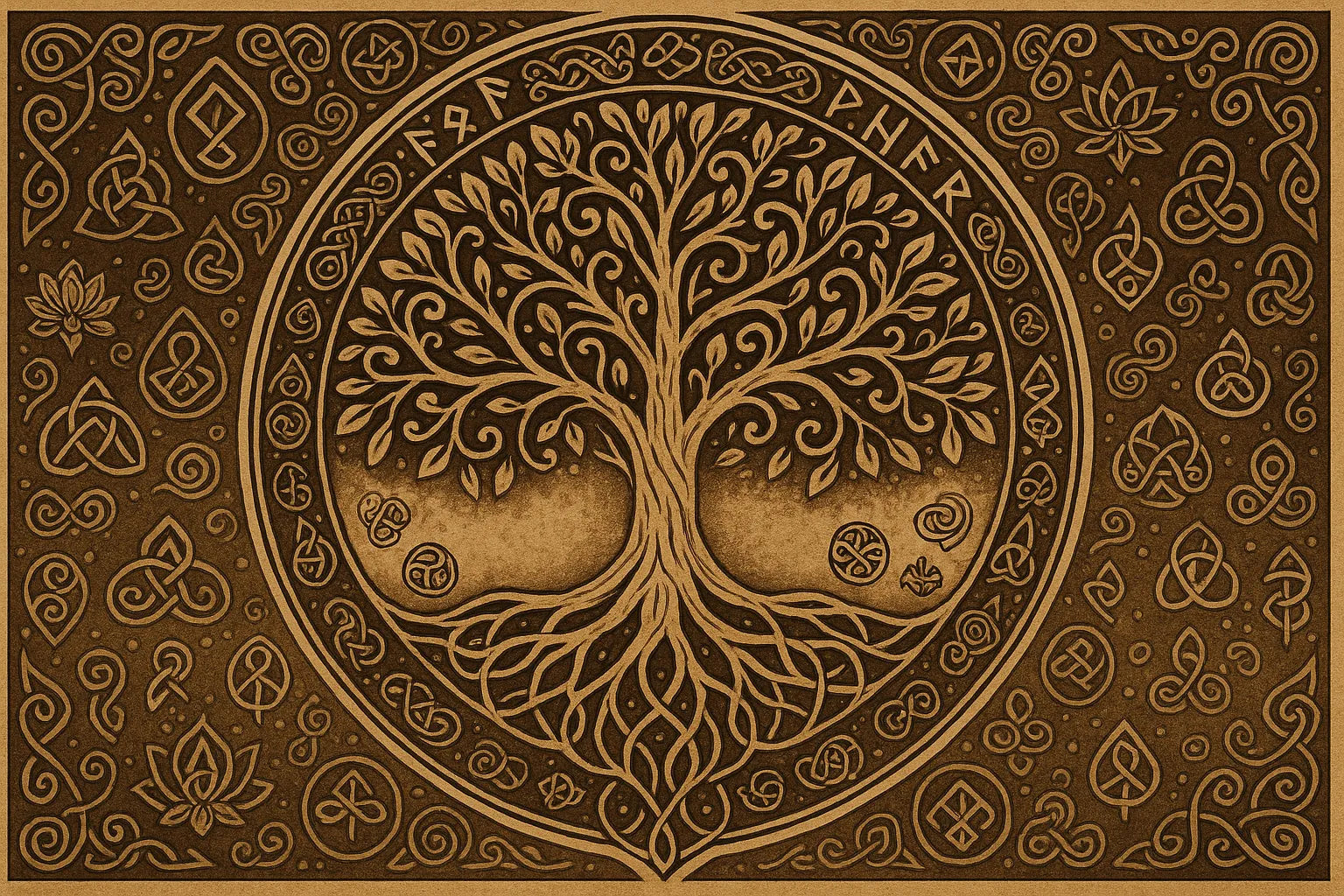
Origin and Spiritual Meaning of the Tree of Life in Beliefs
Introduction: A Millennia-Old Symbol with Deep Roots
The Tree of Life. Two simple words, yet carriers of a universal symbolism. Present in mythologies, spiritual traditions, and cultures around the world, the Tree of Life is not just an aesthetic motif found in jewelry or interior decor. It is a living representation of wisdom, the connection between humanity and the universe, and the eternal cycle of life.
But why does this symbol span civilizations, ages, and continents? What profound meanings lie behind its majestic branches and its deep roots? And why does it continue to captivate in a modern world in search of meaning?
In this article, we dive into the mysterious origins of the Tree of Life, explore its significance in various cultures and beliefs, and discover how it continues to inspire spirituality, well‑being, and harmony today.
Origins of the Tree of Life: When Nature Becomes a Sacred Symbol
The Tree of Life is one of the oldest known symbols of humanity. Archaeological excavations have uncovered depictions dating back several millennia. In Mesopotamia, engravings already show sacred trees connecting heaven and earth. Among the Assyrians, the Tree of Life often stood between two winged figures—an enigmatic motif laden with cosmic symbolism.
In ancient Egypt, the tree was regarded as a source of life, a refuge for souls, and a site of divine manifestation. Some myths speak of a tree whose fruits granted immortality.
In Persian mythology, there is the Gaokerena tree, a sacred plant said to heal all illnesses. In other words, the tree is viewed as a living link between the celestial, terrestrial, and subterranean realms.
Why this universal attachment to the tree? Because it embodies the natural cycle of life: germination, growth, maturity, and then rebirth through its fruits or seeds. It is rooted in the earth (grounding) while reaching up to the sky (spiritual elevation). A perfect symbol of the human condition.
To delve deeper into this connection between symbolism and well‑being, also see our article: Meaning of the Tree of Life and Benefits
The Tree of Life: A Universal Language of the Soul
Beyond its historical roots, the Tree of Life has always carried a profound spiritual meaning. It reflects the balance between opposing forces: light and shadow, matter and spirit, the visible and the invisible.
It symbolizes:
-
Personal Growth: Like a tree, the human being is called to develop, expand consciousness, and surpass oneself.
-
Interconnection: Just as the branches of a tree are interconnected, we are all connected—with each other, with nature, with the universe.
-
Resilience: A tree weathers the seasons, bends but does not break. It inspires us to do likewise.
This vision is mirrored in many modern spiritual practices, from yoga to personal development. Simply wearing a Tree of Life jewelry or placing one in your living space is, for many, a way to align with these values of inner peace and quiet strength.

The Tree of Life Across World Cultures
Among the Celts: The World Tree
In Celtic traditions, the tree is sacred. Each tree had its own essence and energy. The Tree of Life, or Crann Bethadh, represented the gateway to the Otherworld and the link between humans and spirits.
During ceremonies, Druids performed their rituals under the oldest tree in the forest, considered a bridge between worlds.
In Norse Mythology: Yggdrasil, the Cosmic Tree
The famous Yggdrasil is the central axis of the Norse universe, connecting the nine worlds of Viking mythology, from the heavens to the underworld. It is a giant ash tree, a source of knowledge, power, and renewal.
Its roots plunge into the depths of ancient wisdom while its branches sustain the heavens. At its foot flows a well of wisdom guarded by Mimir, the eternal sage.
In Eastern Spiritualities
In Buddhism, the Bodhi Tree is the tree under which the Buddha attained enlightenment. It has thus become a symbol of inner clarity, illumination, and profound peace.
In Hinduism, trees are often associated with deities. Some temples are even built around centuries‑old trees, considered manifestations of the divine.
Also read: Meaning of the Tree of Life in Different Cultures

The Tree of Life in Monotheistic Religions
In Christianity: The Tree as a Promise of Eternal Life
In the Christian tradition, the Tree of Life appears multiple times in ancient texts. It symbolizes eternal life, divine wisdom, and harmony between humanity and God.
In medieval depictions, it is often shown as the central tree of Paradise, associated with the promise of a full and righteous life. It is also seen as a symbol of redemption after the Fall.
For more details: Meaning of the Tree of Life in Christianity
In Islam: A Spiritual Symbol of Knowledge and Creation
In Islamic thought, there is an eternal tree, symbolizing divine creation, knowledge, and cosmic order. Some Sufi traditions speak of the tree as a meeting point between humanity and the divine, representing the spiritual journey of the soul toward unity.
More than just a natural element, the tree embodies the balance between the material world and spiritual light. It also represents continuity, growth, and connection to a higher source.
Also see: What Does the Tree of Life Mean in Islam?
In Other Religious Traditions: An Ever‑Present Symbolism
In Jewish mysticism, particularly Kabbalah, the Tree of Life is a sacred diagram composed of ten interconnected spheres (Sephiroth). It serves as a map of the spiritual journey, illustrating the soul’s progression toward the divine.
Every religion and spirituality finds in the Tree of Life a reflection of its deepest beliefs.
Read: The Tree of Life in Religions: Symbols and Interpretations

The Tree of Life and Feng Shui: Balancing Your Home’s Energy
Feng Shui, the ancient Chinese art of space harmonization, has long used symbols to attract positive energies.
In this tradition, the Tree of Life is associated with:
-
Prosperity
-
Vital Energy
-
Luck
-
Family Grounding
Placed in a living room, office, or entrance, it stabilizes the energy of the space, promotes personal growth, and attracts positive vibrations.
The ideal? A Tree of Life in natural stones, each stone bringing its own virtues. For example:
-
Amethyst: clarity of mind
-
Rose Quartz: love and harmony
-
Aventurine: luck and prosperity
Discover: Tree of Life and Feng Shui: Meaning, Use, and Customs
Why the Tree of Life Still Resonates Today
As we live in a world that is increasingly connected yet often disconnected from the essential, the Tree of Life returns to the forefront.
In jewelry, décor, yoga, personal development tools… it is everywhere. And it’s no coincidence.
It embodies:
-
Self‑Rediscovery
-
Connection with Nature
-
Quest for Meaning
-
Inner Harmony
In a society marked by speed and performance, the Tree of Life invites us to slow down, center ourselves, and grow at our own pace. It reminds us that we are part of a whole and that it is possible to live in harmony with our environment, our emotions, and our aspirations.
It is also a highly valued symbol in natural stone jewelry and décor. Gifting or wearing a Tree of Life piece often conveys a message of strength, protection, and wisdom.
Conclusion: The Power of a Living Symbol
From ancient Mesopotamia to contemporary living rooms, from Eastern wisdom to monotheistic traditions, the Tree of Life weaves through ages like a golden thread connecting peoples and beliefs.
A symbol of growth, balance, divine connection, or simply inner peace, it continues to inspire. And what if each of us were, in our own way, a tree in becoming? With roots, scars, and leaves reaching toward the light?
Ready to Invite This Energy into Your Daily Life?
Discover our unique collection of:
-
Tree of Life Jewelry in natural stones: wear this symbol of wisdom close to your heart.
-
Tree of Life Decorations: harmonize your interior and create a space of serenity.
FAQ – Everything You Need to Know About the Tree of Life
1. What is the Tree of Life?
The Tree of Life is a universal symbol representing the connection between earth and sky, growth, wisdom, and the cycle of life.
2. What is the origin of the Tree of Life?
The origin of the Tree of Life dates back to antiquity, particularly in Mesopotamia, Egypt, and Norse and Celtic mythologies.
3. What does the Tree of Life symbolize?
It symbolizes vital force, harmony, balance, protection, and personal evolution.
4. What is the spiritual significance of the Tree of Life?
Spiritually, the Tree of Life represents awakening, interconnection among all beings, and unity between the material and spiritual realms.
5. Is the Tree of Life religious?
It appears in many religions (Christianity, Islam, Judaism, Hinduism), but its meaning transcends religious boundaries to become universal.
6. Why wear Tree of Life jewelry?
Tree of Life jewelry is often worn as a talisman of protection, inner strength, and spiritual connection.
7. Where should I place a Tree of Life decoration?
According to Feng Shui, you can place a Tree of Life in the living room, entrance, or office to attract harmony, good fortune, and positive energy.
8. Which stone should I choose for a Tree of Life?
It depends on the desired effect: amethyst for calm, rose quartz for love, aventurine for luck, etc.
9. Does the Tree of Life have different meanings across cultures?
Yes, each culture assigns its own meanings, but they all converge around themes of connection, life, and balance.
10. Is the Tree of Life a good gift?
Absolutely. It is a symbolic, meaningful, and emotional gift, perfect for marking a new beginning or conveying a message of support.
Suggested Products
Best products
